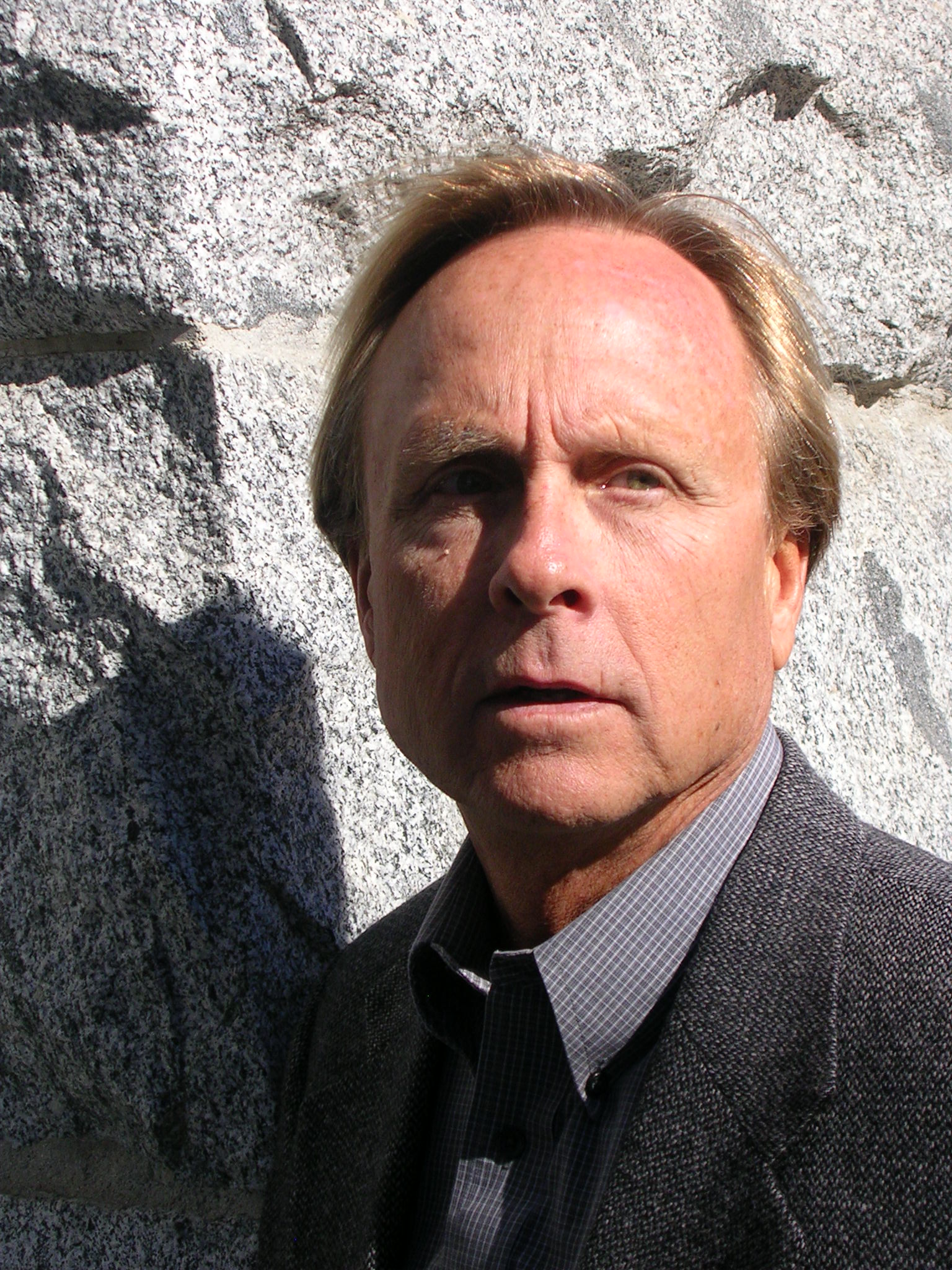Conrad Rudolph
 Conrad Rudolph (born 1951) is an American art historian and Distinguished Professor of Medieval Art History at the University of California, Riverside.
Conrad Rudolph (born 1951) is an American art historian and Distinguished Professor of Medieval Art History at the University of California, Riverside.Rudolph is an elected Fellow of the Medieval Academy of America. He has received fellowships and grants from the Guggenheim Foundation, Getty Foundation, Mellon Foundation, and Kress Foundation, as well as from the National Endowment for the Humanities and the College Art Association. He has served on the board of editors/advisors of or acted as consultant for several academic journals (''Art History'', ''caa.reviews'', ''Speculum'', ''Architectural Histories'', etc.) and university presses.
He has interests in such topics as medieval social theories of art, the ideological use of art, monasticism and art, the origin of Gothic art, and art and social change. He has worked on resistance to art in the West, using this to understand the origin of Gothic art at Saint-Denis. He has also worked on depictions of violence and daily life as complex depictions of monastic spiritual life (particularly in the Cîteaux ''Moralia in Job''), medieval theories and images of creation, the pilgrimage in the Middle Ages, architectural building miracles as ''topoi'' of significant social meaning, the historiography of medieval art, the tour guide in the Middle Ages, the stained glass of Canterbury Cathedral, the Classic Cistercian church plan, the Rights of the Devil, and other subjects related to medieval artistic culture.
Some of his major studies include Bernard of Clairvaux's ''Apologia'' (the most important document we have to provide an understanding of medieval artistic culture and the twelfth-century controversy over art), Suger of Saint-Denis and the origin of Gothic art (including the invention of the Gothic portal and the exegetical stained-glass window), and Hugh of Saint Victor's ''Mystic Ark'' (the most complex individual work of figural art of the Middle Ages--an image of all time, all space, all matter, all human history, and all spiritual striving--a painting that was meant to be the subject of months-long discussions, repeated by others again and again).
He was Project Director for FACES (Faces, Art, and Computerized Evaluation Systems), a pioneering attempt to apply face recognition technology to works of art, specifically portraiture (funded through the National Endowment for the Humanities and the Kress Foundation).
As part of his interest in medieval culture, he spent two and a half months taking the thousand-mile medieval pilgrimage on foot from Le Puy in south-central France to Santiago de Compostela in northwestern Spain. Provided by Wikipedia

